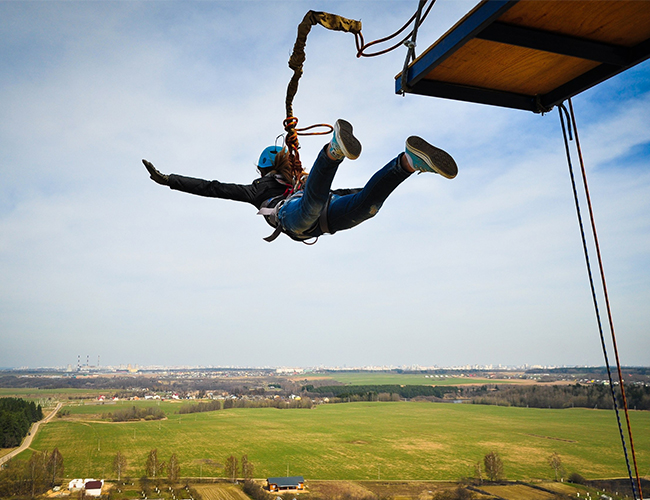Sometimes it pays to take risks, but the mere thought or risky marketing often intimidates businesses and entrepreneurs.
In the marketing world, risk-taking is essential in order to move forward and progress. Jayson Demers, founder and CEO of AudienceBloom, shares a four success examples from big brands who partake in risky marketing strategies.
Domino’s Pizza
Domino’s completely changed its product and brand image. The company upgraded their menu with new ingredients and recipes in hopes of reaching a bigger audience. As part of their efforts, they criticized and poked fun at themselves, calling their old crust “cardboard.” Including a bit of self-deprecating humor was a bold marketing move that paid off.
Uber
The leading ride-share company, Uber, has utilized unconventional marketing strategies from the start. Uber is known for pulling stunts, often related to holidays and celebrations, which increase brand visibility. For example, the company celebrated National Ice Cream Month with a “ice cream service” that delivered ice cream to customers, an entirely new service.
Dove
Dove launched the controversial “real beauty” campaign in back in 2006. It began with a promotional video that explored the idea of “real” beauty in contrast to societal standards. Dove featured women with differing body types, ethnicities, and ages to reflect a more realistic and relatable image.
Lego
Lego was always known as a simple line of plastic toy bricks. Within in the last decade, however, Lego branched out and secured licenses for popular franchises such as Star Wars and Marvel. The company then moved on to develop video games and a successful feature film, The Lego Movie. The previously limited toy brand is now a growing entertainment empire.








